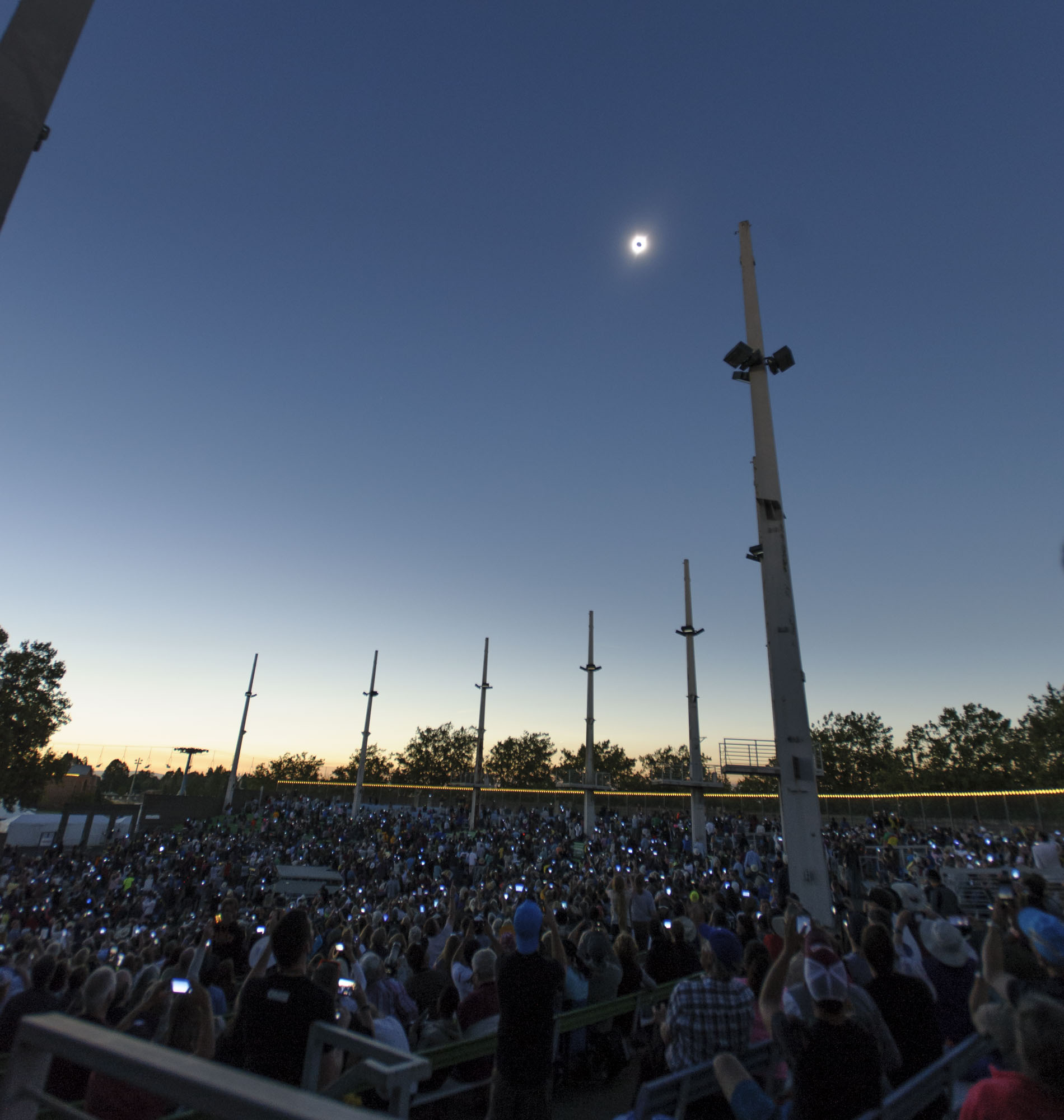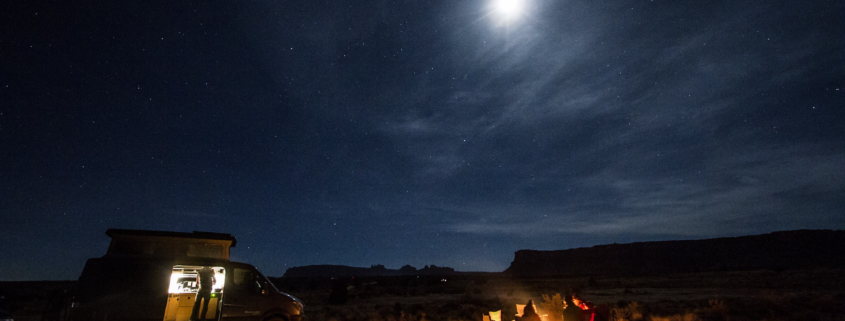How To See The Annular Eclipse on October 14, 2023
There are only a few things more awe-inspiring than celestial events. Meteor showers, comets, and eclipses all make us dream about the expanses of the universe and add a sense of scale to our existence that’s hard to comprehend.
If you enjoy geeking out about outer space like we do, look to the skies on October 14 around 9 am PDT. You will start to see the beginning of an extraordinary annular solar eclipse that will only last a couple of hours.
What is a Solar Eclipse?
Have you ever noticed how the lights seem to dim or go completely dark during a solar eclipse?
That’s because a solar eclipse occurs when the moon passes between the Earth and the Sun, temporarily obscuring all or part of the Sun’s light. The enormous shadow the moon casts on Earth is why the lights go out. If you’re not in the area blanketed by the moon’s shadow, you may only see a partial eclipse or none at all.
A lunar eclipse is when the Earth aligns between the moon and the Sun. The reason the moon disappears is because the Earth’s shadow is essentially hiding it from view.
There are three main types of solar eclipses: total, partial, and annular eclipses. Every eclipse has a different flavor, but an annular eclipse is one of our favorites!

This composite image shows the progression of a total solar eclipse over Madras, Oregon. Photo Credit: (NASA/Aubrey Gemignani)
There are three kinds of Solar Eclipses:
Total Solar Eclipse: During a total solar eclipse, the moon completely covers the Sun, casting a shadow on the Earth that casts darkness onto a “path of totality.” To the naked eye (with eye protection), you’ll see a hypnotic glow around the moon’s edges. These wisping feathers of light are the Sun’s outermost edge, called the corona.
And we think it’s just breathtaking.
The next total eclipse will happen on April 8, 2024, and the one after that won’t happen in the US again until 2044.
Partial Solar Eclipse: If you’re not in the “path of totality,” aka – directly in the moon’s shadow, you will only see a partial eclipse – when the moon only covers a part of the Sun. Even if you can’t see the eclipse from the path of totality, a partial eclipse is still a spectacular sight!
Annular Solar Eclipse: An annular eclipse is often called the “ring of fire” because of the almost perfectly circular ring around the moon if you’re in the path of totality. The moon doesn’t orbit in complete circles around Earth. When the moon is at its farthest point and between the Sun and Earth, the solar eclipse will be a total solar eclipse. If the moon is not at its most distant point, it will be an annular solar eclipse.
Where can you see the October 2023 Annular Eclipse?
Check out this map from NASA to plan your viewing of the annular eclipse. We are planning on spending ours somewhere remote in one of our vans. This map will also show you how much of a partial eclipse you can expect based on your location.
The eclipse will start in Oregon around 9 am PDT and will end in Texas around 11 PDT.
People in certain parts of Oregon, California, Nevada, Utah, New Mexico, Arizona, Colorado & Texas will see the eclipse in its totality – where you’ll see the full “ring of fire” and eclipses greatest effect in terms of darkness . See the list of cities/ areas worth traveling to here.
How to safely observe the Annular Eclipse

2017 Solar Eclipse totality as seen by the people attending the viewing event at the Oregon State Fairgrounds, Salem, Oregon.
Eye safety is essential when looking at an eclipse! Looking directly at the Sun during an eclipse can cause permanent damage to your eyes. The fine folks at NASA recommend using specialized solar viewing glasses that comply with safety standards. Here is a list of “Suppliers of safe solar filters and viewers” from their website, where you can get yours today.
GET THEM SOON and keep them in the junk drawer until the annular Eclipse on October 14, 2023!
If you want to learn more about how to view the eclipse safely, you can read about it here.
Enjoy the Annular Eclipse!
We can’t think of a better way to celebrate a fall adventure than to see a solar eclipse while on a trip. Although you can see this from the comfort of your own home, we plan on being out in the wilderness, somewhere in the path of totality, and we hope to see you out there as well!
If you can’t make this round, remember there’s a total eclipse on April 8, 2024!
If you’re looking to check out this eclipse from the comfort of one of our luxury Sprinter vans, you can contact contact us to see what is available!
Royalty free photos provided by: American Astronomical Society and NASA





